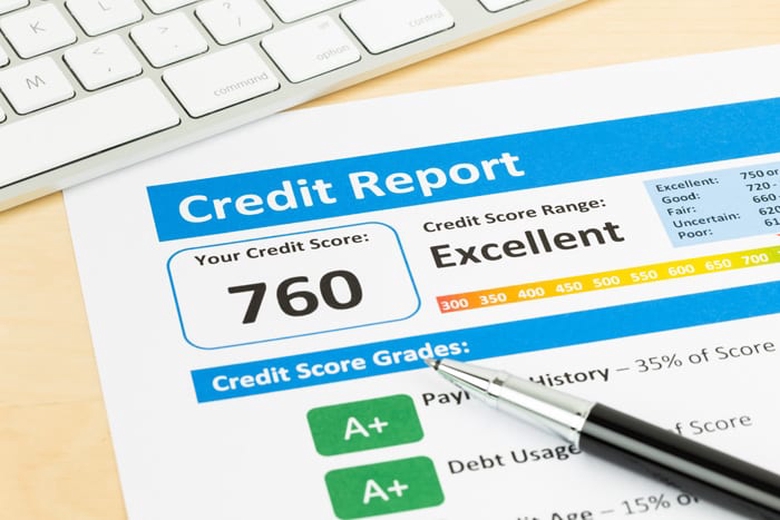Your credit report is more than just a compilation of numbers; it's a snapshot of your financial history that can profoundly impact your financial health. However, errors on your credit report are more common than you might think, and they can have significant consequences, from affecting your credit score to potentially hindering your ability to secure loans or obtain favorable interest rates.

In this guide, we'll unravel the mystery of locating and correcting errors on your credit report, empowering you to take control of your financial well-being.
Understanding the Importance of a Clean Credit Report
Your credit report is a crucial tool used by lenders, creditors, and even employers to assess your creditworthiness and financial responsibility. Errors on your credit report can lower your credit score, making it harder to qualify for loans, mortgages, or credit cards, and potentially leading to higher interest rates.
By regularly monitoring your credit report and correcting any inaccuracies, you can ensure that it reflects your true financial history and helps you achieve your financial goals.
Step 1: Obtaining Your Credit Report
Under the Fair Credit Reporting Act (FCRA), you are entitled to one free credit report from each of the three major credit bureaus – Equifax, Experian, and TransUnion – every 12 months.
Visit AnnualCreditReport.com to request your free credit reports online, by phone, or by mail. Review each credit report carefully, paying close attention to any discrepancies, inaccuracies, or unfamiliar accounts.
Step 2: Identifying Errors on Your Credit Report
Common errors on credit reports include inaccurate personal information (e.g., name, address, Social Security number), accounts that don't belong to you, incorrect account statuses (e.g., closed accounts reported as open), and fraudulent activity.
Carefully compare the information on your credit report to your own records, including bank statements, loan agreements, and payment receipts.
Make note of any discrepancies or inaccuracies, and gather supporting documentation to substantiate your claims.
Step 3: Disputing Errors with the Credit Bureaus
To dispute errors on your credit report, you must submit a formal dispute letter to the credit bureau(s) reporting the inaccuracies.
Include your name, address, a detailed explanation of the error(s), and any supporting documentation (e.g., copies of bills, statements, or court documents).
Send your dispute letter via certified mail with return receipt requested to ensure it is received and processed promptly.
The credit bureau(s) must investigate your dispute within 30 days and provide a written response, along with a copy of your updated credit report if the dispute results in a change.
Step 4: Following Up and Monitoring Your Credit
Keep track of your dispute correspondence and follow up with the credit bureau(s) if you haven't received a response within the allotted time frame. Monitor your credit report regularly, either through free credit monitoring services or by requesting additional copies of your credit report throughout the year.
Continue to review your credit report for any new errors or discrepancies and take prompt action to address them to maintain the accuracy of your credit history.
Correcting errors on your credit report may seem daunting, but it's a critical step towards safeguarding your financial well-being. By following these steps and staying vigilant, you can ensure that your credit report accurately reflects your financial history and helps you achieve your financial goals. Remember, your credit report is a powerful tool – make sure it works for you, not against you.